
Annual Review 2020
It’s already April. I have been slow to report a summary of 2020.
This blog, which started with the completion of the Orgasmic Diet, has passed full three years at the end of 2020. Now that we are in our fourth year, we are becoming more and more aware of the high biocompatibility of the Orgasmic Diet and confirming the sacred inviolability of the golden PFC ratio. Read my book, the Organic Diet, to find out what the golden PFC ratio is.
The first remarkable change in the Orgasmic Diet in 2020 is that we eat much less vegetables. When we stop eating grass seeds and eat a lot of fruits, it seems that we don’t need to eat much vegetables. I still sometimes feel like eating lettuce, but it’s enough if I eat it occasionally. The common sense that vegetables are healthy foods has been overthrown. Eating less vegetables, I have nothing to grow in our garden. I still made sweet potatoes in 2020, but they are not as delicious as bananas or mangoes, so I am not very motivated to work in the fields and tend to lack exercise. This also means the self-sufficiency rate of foods steadily declining.
Secondly, not only for the make-believe play of corona turmoil, but also for a volcanic eruption or earthquake disaster attributable to the increasing crustal activity of the earth, we worked on the development of an orgasmic stockpile so that we would not have to rely on grain for our foods even in an emergency situation. We now have beef curry, cheese cake and other recipe that can be stored at room temperature by heating and deaerating technology.
Thirdly, as a survey of migration to highlands, we have “Go To Travel”ed to Gunma and Nagano and also experienced the heat insulation of a styrofoam dome house. During the trip, we didn’t derail and eat grass seeds like we used to before. We brought in food and went through almost no eating out. This can be evidence that our dependence on grass seeds has diminished considerably.
As for the rest, honey has been added to one of our staple foods. In meat cooking, in addition to the slicer, we introduced a mincing machine and developed a minced meat menu such as hamburger steak. We discovered a new marriage of bananas and cheese with a cheese fondue kit that we bought on impulse at Nitori, famous for selling goods more valuable than its price.
Below is a summary of the year 2020.
What We Ate
Food Ranking By Calorie
As in 2019, cheese, beef and bananas are in the top three, accounting for half of all calories.
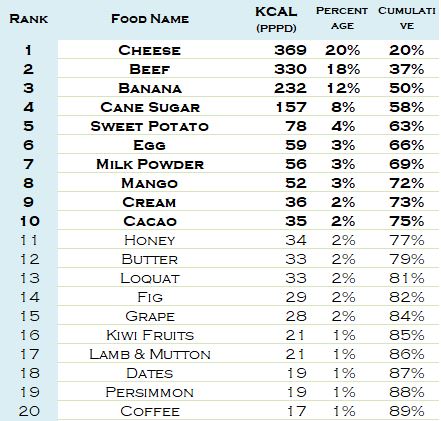
Seasonal Food Change
Herbivore meats and milk products are sources of fat and protein throughout the year. The base of carbohydrates is cane sugar and bananas, and complemented by self-supplied loquat (June), sweet potato (winter), and market purchased seasonal various fruits.

Summary by Food Category
We controlled seeds ratio down at 1%. Water intake decreased, partly due to lack of exercise, averaging 2.8 liters per day.

The raw food ratio fell further due to the development of stockpiled menus, dropping to 28% for the whole year. The self-sufficiency rate of vegetable gardens was high in June for the loquat harvest and winter for sweet potato but only 7% throughout the year.
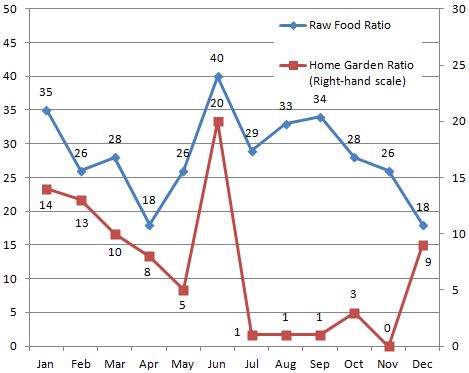
Nutritional Checkup
Let’s see if we could achieve nutritional goals without seeds and fish.
Three Major Nutrients
The annual macronutrient ratio was 46% for carbohydrates, 41% for fat, 12% for protein, and 1% for alcohol, almost no change from 2019. If you rely on the feeling of “delicious” and eat as much as you want, you will get this ratio.
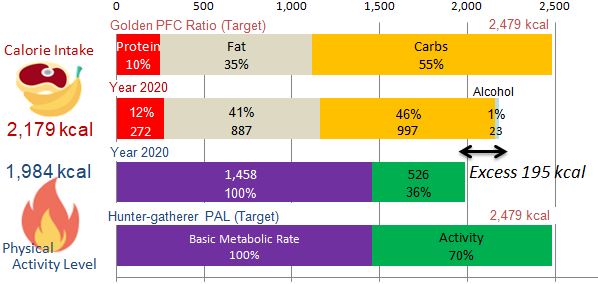
Carbohydrate
Bananas are the top source of carbohydrates, accounting for 27%, although the ratio was lower than the previous year. Then sugar (whole cane sugar) and sweet potatoes, followed by mango and honey, which increased dramatically in 2020, made up the top five foods.
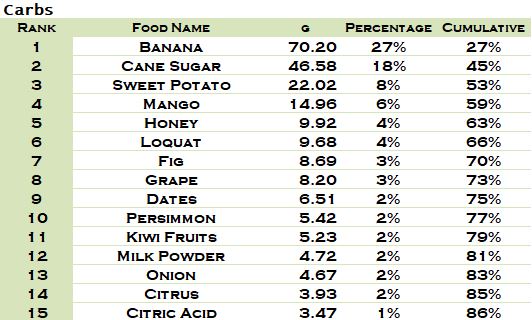
We took dieatry fiber of 19.2g/day against dietary goal of more than 21g.

The main source of fiber were bananas, sweet potatoes and cacao, followed by various fruits.
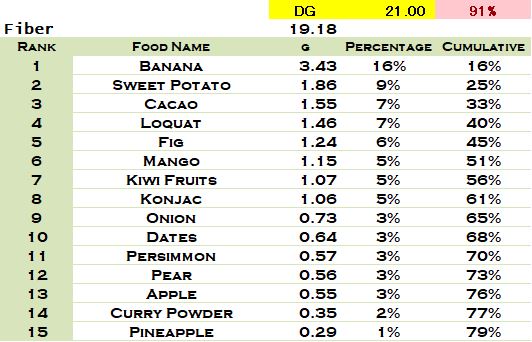
Fat
Our main sources of fat were dairy products such as cheese and beef. Vegetable oils (made of grass seed) were completely shut out, except for a small amount taken during the trip.
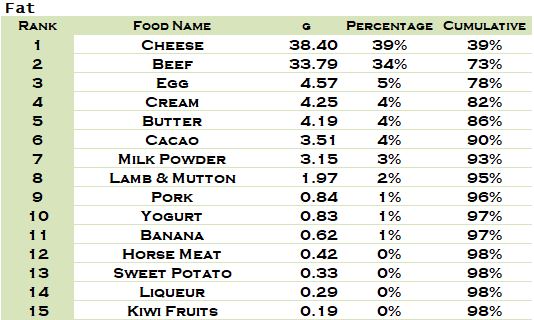
Since we have no major foods which contain large amount of PUFA (Poly Unsaturated Fatty Acids), our intake of essential fatty acids were only 1/3 of AI (Adequate Intake). However, we are having no particular deficiency symptoms, the omega-3 and omega-6 ratio being optimal at 1:3.3. We can achieve the optimal ratio from whole foods only, without depending on fish oil supplements or some specific seed oils.
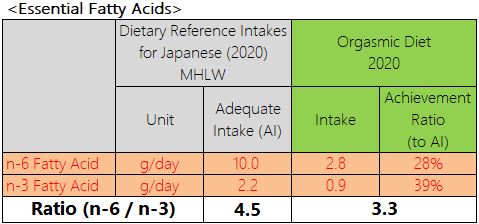
Essential fatty acids were taken from these foods.
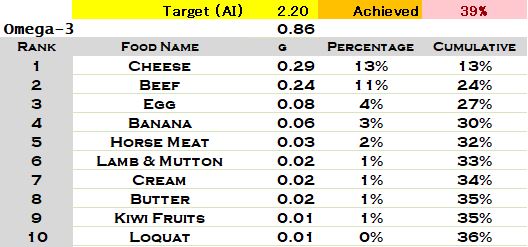
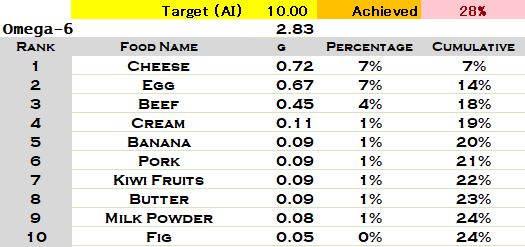
Protein
Our main source of protein were beef, other meats and dairy products besides bananas provided considerable amounts of protein too.
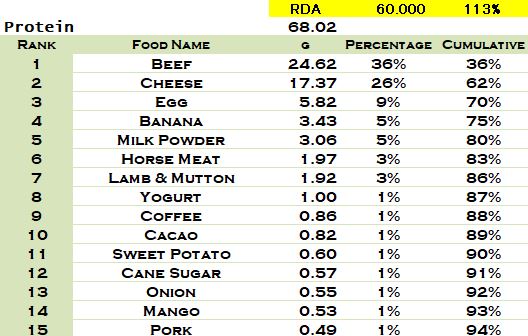
Protein intake was 68g/day against recommended amount of 65g. Essential amino acids were obtained in a balanced manner and almost twice to three times as much as recommended by WHO.
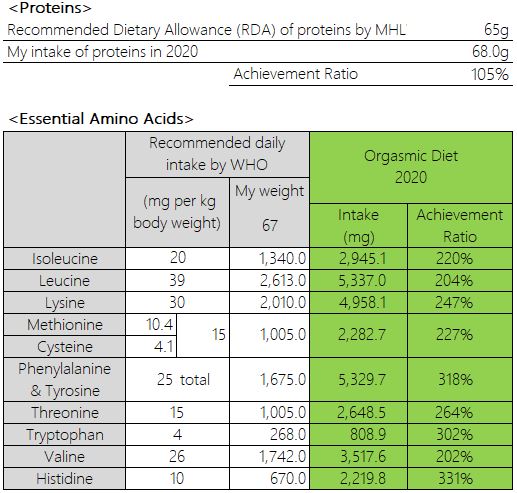
Vitamins
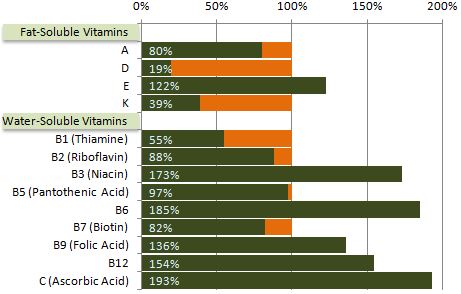

Fat-soluble Vitamins
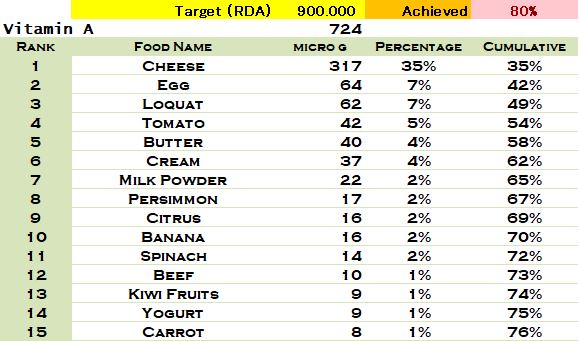
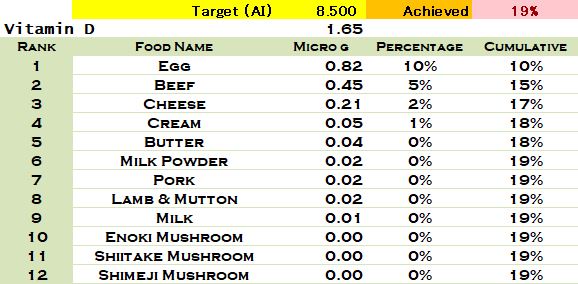
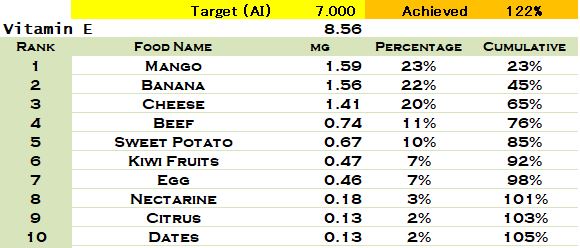
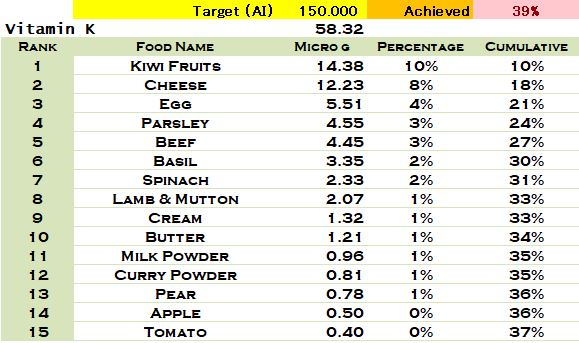
Water-soluble Vitamins
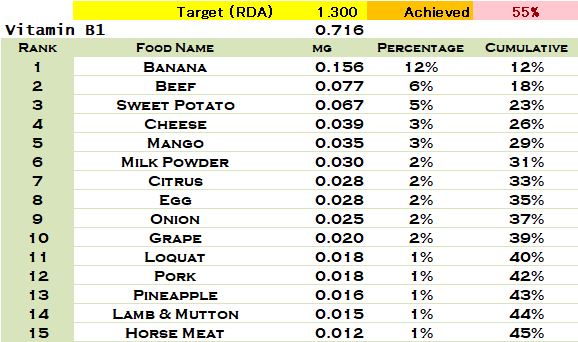
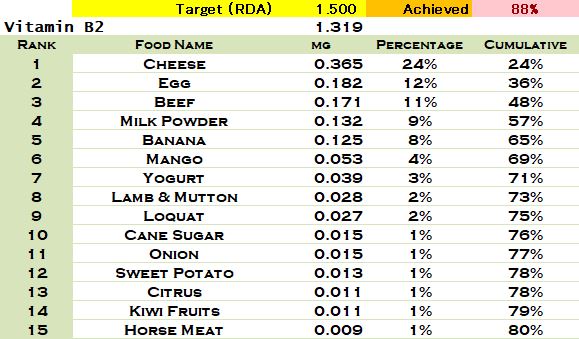
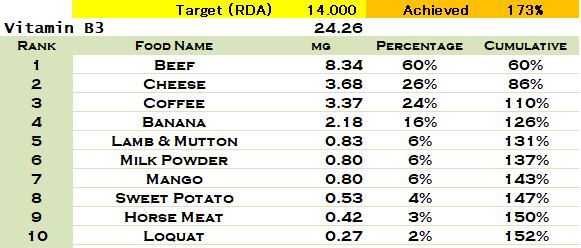
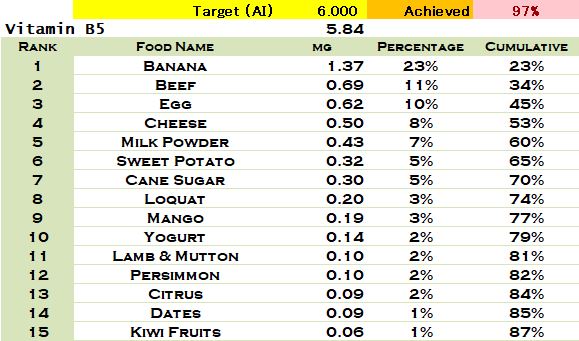
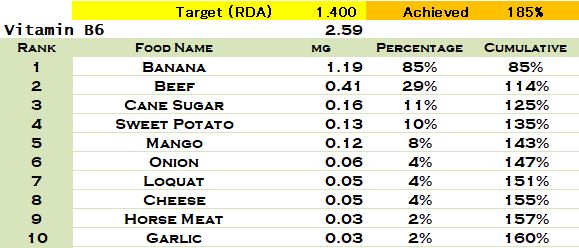



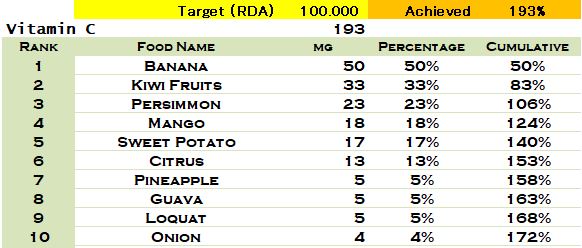
Minerals
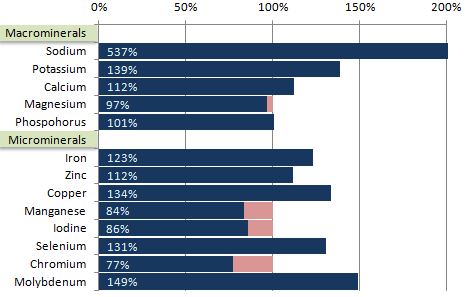
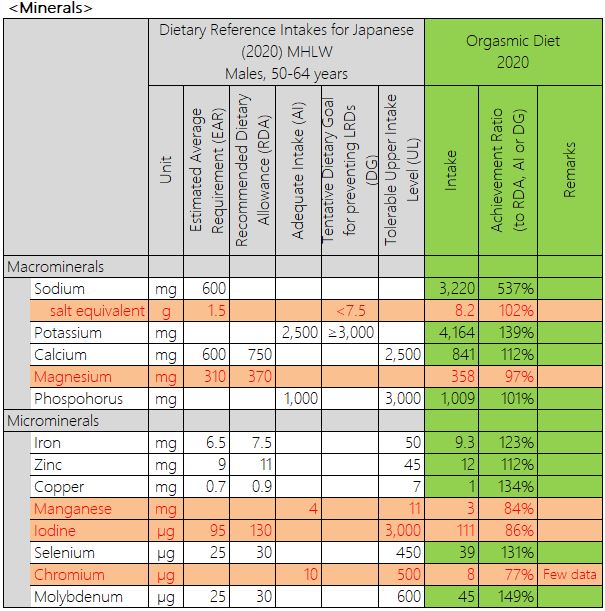
Macro-Mineral
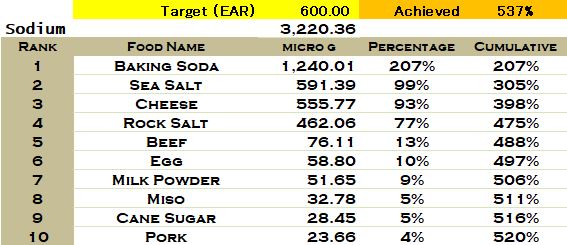
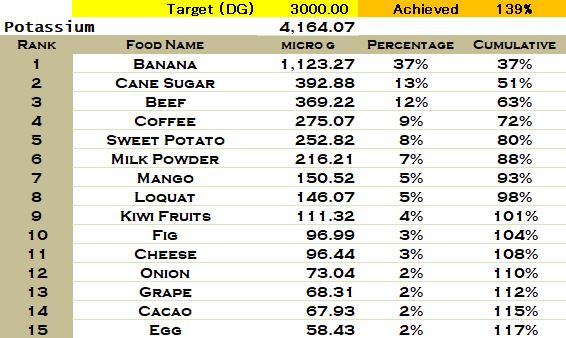
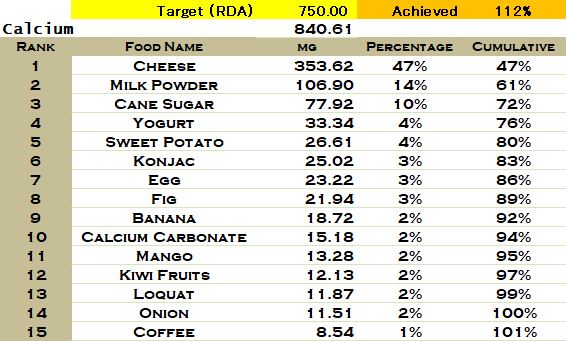
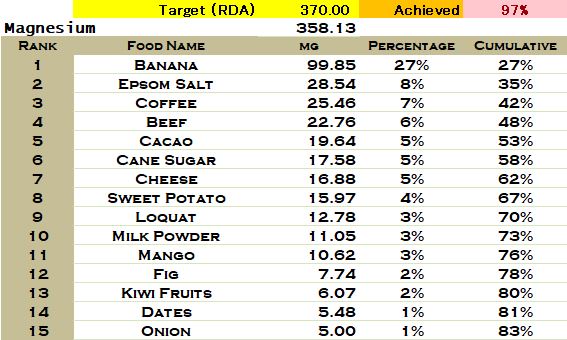
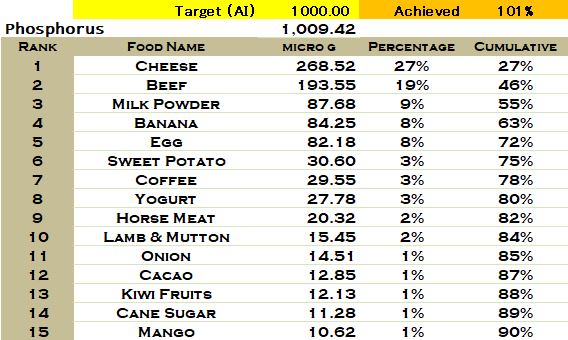
Micro-Minerals
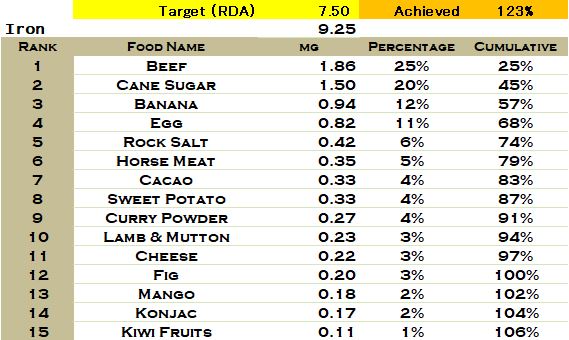
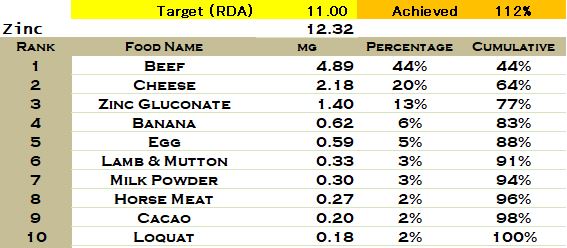
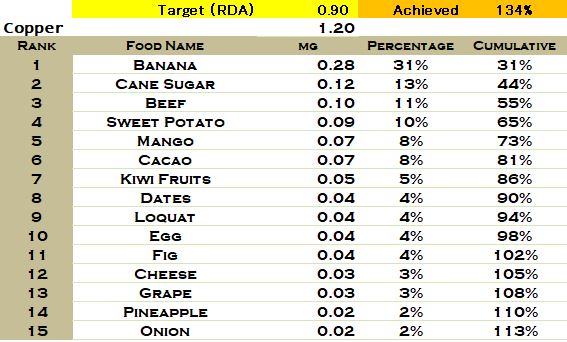
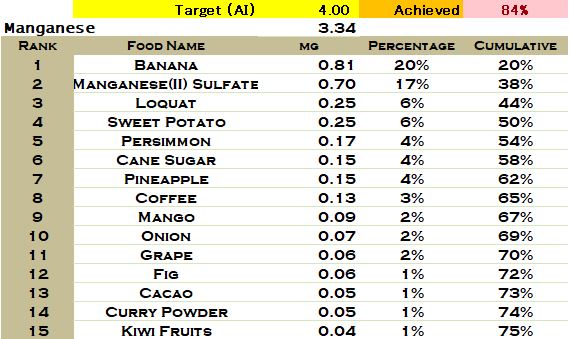
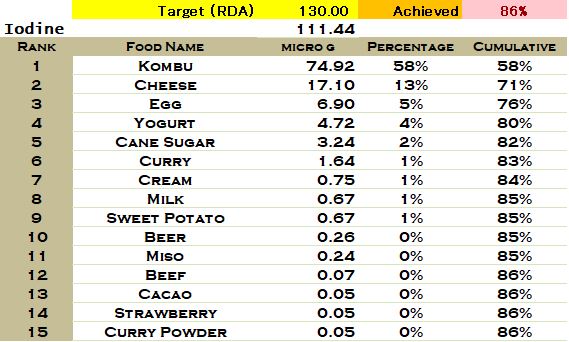
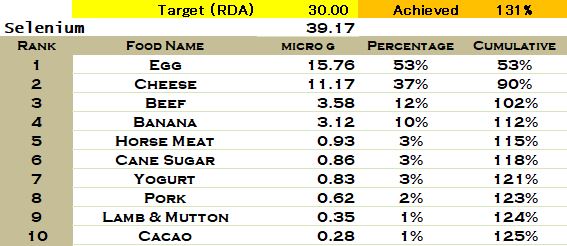
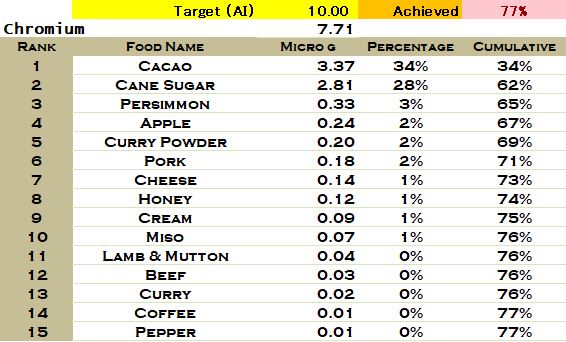

Caloric Balance and Weight
Caloric Balance (kcal/day) and Macronutrient Ratio

My activity level of 2020 was 36% of basic metabolic rate while my goal was hunter-gatherers’ that of 70%, resulting in 195kcal/day of excess intake.
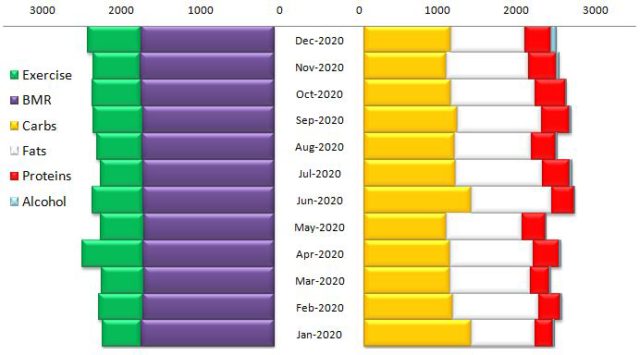
Weight Trend
Due to lack of exercise, weight tends to increase slightly, and it is becoming established just beyond the range of BMI 23 to 25, which is thought to be optimal for health and longevity.
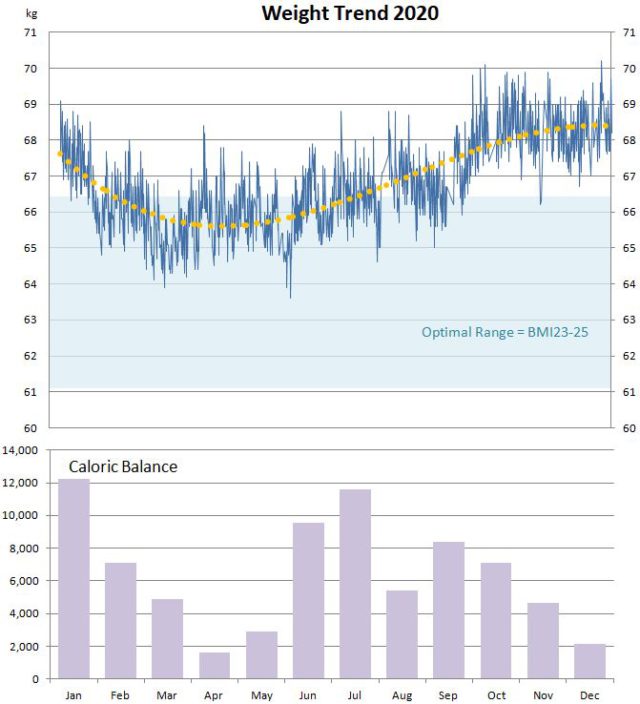
Food Cost
Our food cost for 2020, 360 days excluding days we could not record our diet, was 946 yen per person per day. It was lower than average Japanese two people household food cost (1,075 yen PPPD).
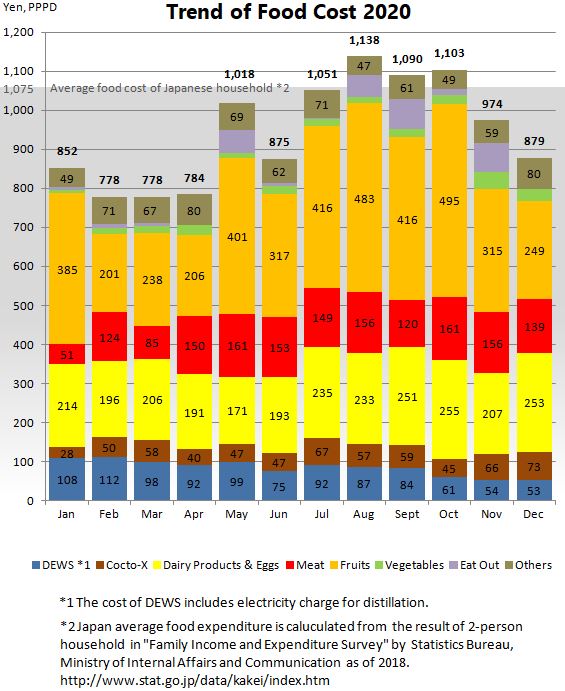
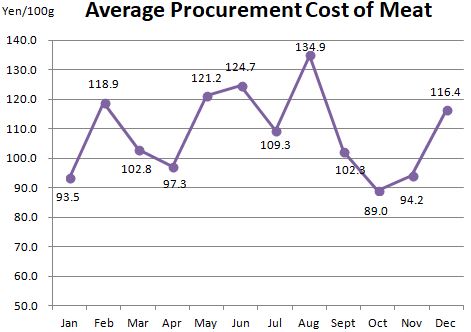
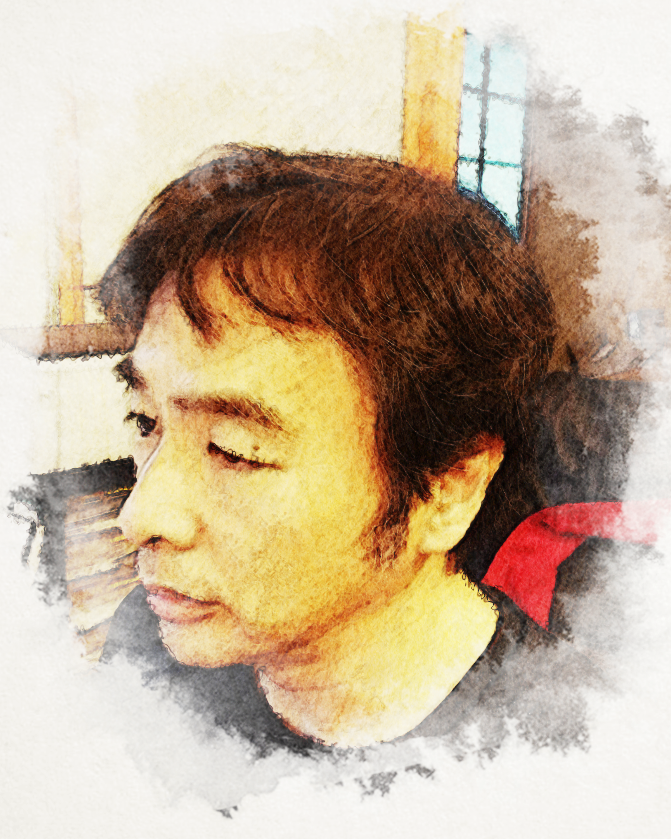
Born 1967, Hiroshima, Japan.
In 2009, I made up my mind to eliminate any and all of GMO(genetically-modified organisms) from my life, leading to whole grains vegan diet, and further into low-fat-raw-vegan (the 80/10/10) diet. Finally in 2017, I found just stop eating “seeds” can make us healthy. I named the set of my idea “The Orgasmic Diet.”
My dream is to live in tropical, high-elevation place, probably somewhere in Colombia, with cows and fruit trees.
********************************************************************
If everyone makes oneself happy, everyone becomes happy.
With the miracle of the Orgasmic Diet, you'd be fit and healthy
if you eat ONLY what you like AS MUCH AS you like.
Why don't you join the Orgasmic Diet now!
********************************************************************
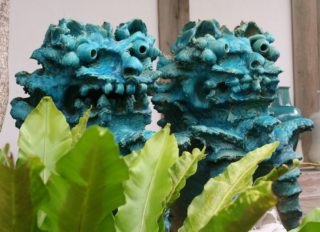
 English
English 日本語
日本語